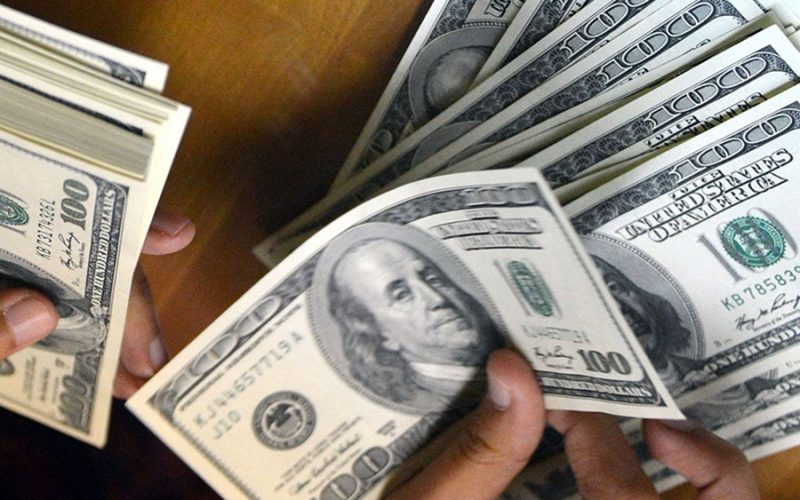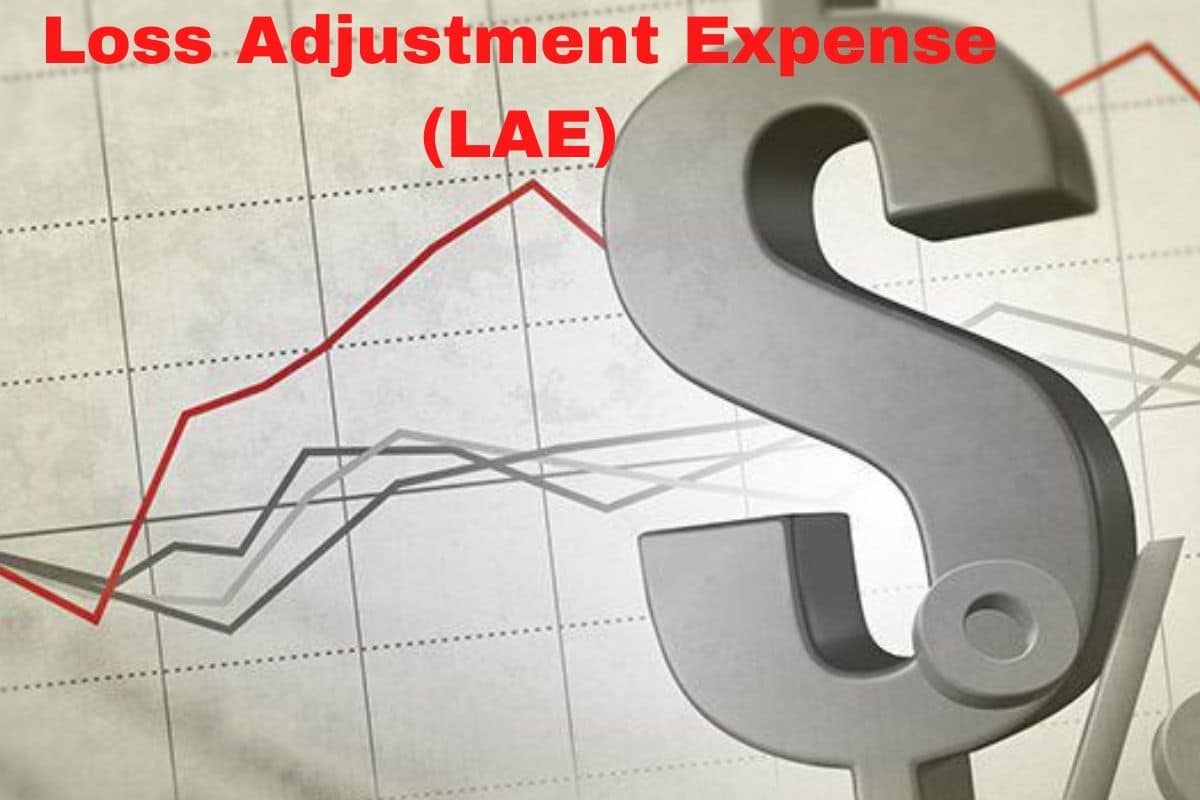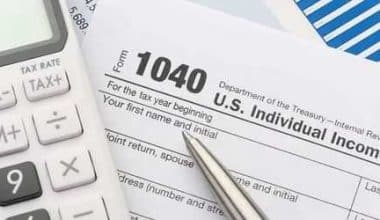Only the U.S. dollar comes out as a “winner” from the coronavirus outbreak. Investors dumped riskier assets like stocks and bonds early this year as they understood the magnitude of the economic shock that COVID-19 would inflict. But it’s not just any money. US dollars were in high demand from investors all around the globe. The US Federal Reserve opened up additional swap lines to lend dollars to other nations’ central banks because of the increasing demand for dollars. Investors from Shanghai to Sao Paolo raced to get their hands on cash.
Some of the demand for dollars was not unexpected, since investors flock toward greenbacks anytime the global economy seems to be in danger. Even while the U.S. government was adopting unprecedented moves that, according to textbook economics, should lower the dollar’s value, the demand for dollars grew. The sort of strategy that often devalues a currency is one that combines massive increases in the Federal Reserve’s balance sheet with government spending plans supported by large deficits.
COVID-19 And Dollar Increase In Value
Due to the COVID problem, experts have predicted for many years now that there would be an end to US dollars being regarded as the world’s most secure asset. Some commentators claimed that if the United States used sanctions too often, other nations would be less inclined to keep dollars because they were afraid of the Treasury Department’s extended arm. Others anticipated that the dollar’s value would plummet as a result of investors losing faith in the US government’s enormous deficits. But it doesn’t matter: the Trump administration has utilized sanctions more forcefully and grown the deficit to an unprecedented level since World War II—all while the currency has risen in price.
Dollar demand can withstand large budget deficits and expansionary monetary policy, according to a number of ideas. For example, one researcher has argued that the US “empire of bases serves to safeguard the dollar’s exorbitant privilege,” as one expert put it. Another theory for the dollar’s dominance, like it’s shown on Forexbonuses.org, is the widening gap between the rich and poor. Beijing has achieved this by implementing a development strategy that restricts family spending. More than any other nation, save for a few tiny cities and oil producers, China’s households purchase less than any other country. China puts aside a disproportionate amount of its revenue, particularly the savings of its businesses and the government. The majority of this money is held in dollars.
No question that China’s corporate savings rate would fall if the country’s economic disparity was reduced and individuals were given more money to spend through lower taxes, a better social safety net, or higher salaries. That $3 trillion in foreign currency reserves held by the Chinese government will also decrease.
To what extent do the Chinese prefer the dollar to other major world currencies like the euro, yen, pound, and franc? Investors believe that Italy, which is highly indebted, is considerably more likely to fail than Germany, which is more fiscally conservative. There are, however, fewer German sovereign bonds than those issued by the more risky Southern European nations. Generally speaking, German bonds are more costly than U.S. Treasuries and hence less desirable. To put it another way, if the Eurozone were to issue bonds that were backed by the whole union, there would be many more really secure euros. This gulf between affluent Germans and poorer Southern Europeans, however, is unlikely to be bridged anytime soon.
Similar to China’s desire for the U.S. dollar, Europe’s lack of demand for the euro may be attributed in part to the disparity in income between Northern and Southern Europe. A lack of interest in the yen by foreigners cannot be attributed to the fact that the Japanese have so many dollars in their bank accounts. In the 1980s, many people predicted that the yen would eventually surpass the dollar as the world’s primary currency. With minimal inflation and a generally constant value, it is a desirable asset for investors. Why hasn’t the Japanese yen replaced the U.S. currency? This cannot be explained by rising inequality.
Path dependence and network effects are better terms to describe this phenomenon. Many of the world’s financial systems are based on the US dollar, which has become the currency of choice for most people. So, it’s clear that transitioning to a new currency comes with a high cost, with few visible advantages.
This year’s gains in the dollar may be reversed by the deficit spending and central bank asset purchases to battle COVID. The fundamentals of the dollar are no worse than those of the euro or the yen since every other large country has made identical fiscal and monetary actions. COVID’s economic shock will make it even more improbable for China’s government to lift its capital regulations, further deterring the usage of the yuan. Any threat to the dollar’s supremacy is improbable.
Currency markets were affected by the virus via the altering expectations of future economic development, according to fundamentals. A country’s capacity to attract global capital flows is a significant factor in determining its exchange rate. Fear of shutting down portions of an economy due to the virus would lower economic growth estimates when the virus first struck a nation or area. This shift in market sentiment occurred as a country’s ability to contain the virus improved and daily new cases decreased.






